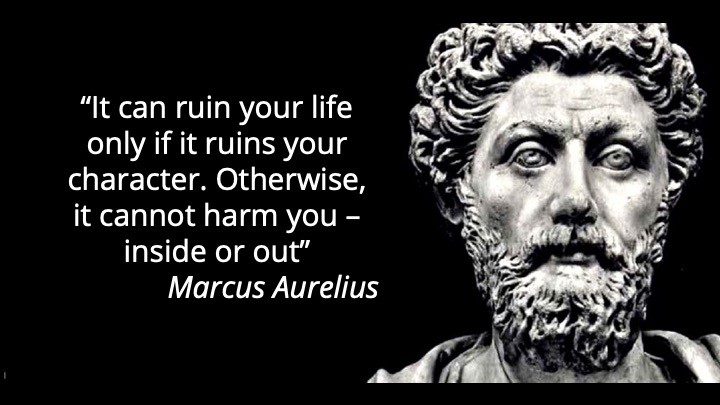Since COVID-19 became a daily part of our lives, we’ve become increasingly accustomed to finding new ways of virtually doing what we once did in person. We’re working out with personal trainers via WhatsApp. We’re having a happy hour drink with friends over Zoom. Some are even practicing music with their band using Teams. Many of us have also been forced into remote working situations. Yet, we’re finding that our virtual experiences are not what we expected. We came into this situation with a lot of preconceived notions about what it meant to connect virtually, but our experiences have shown us something else. As we navigate the many changes in our daily life, we have started letting go of prejudices around virtual experiences.
For many of us, it was impossible to imagine doing these things online. Maybe we knew we could do them, but why would we? Some people prefer the human connection of a face to face meeting over a virtual experience. But has the change to virtual been as challenging as you thought it would be? When we were able to do all the things we loved in person, other things often got in the way. Scheduling conflicts, kids, distance and other factors often prevented us from following through.

Letting go of prejudices around virtual experiences in the corporate world
Prejudices around the possibilities and constraints of virtual work are commonly accepted myths in the corporate world. Yet, what I have heard from my clients in the past 3 months tells a different story:
- “This was far more effective than I expected.”
- “I’ve found I work more than before.”
- “We have more productive meetings.”
- “I never imagined we could have such dynamic and participatory learning in a webinar.”
And this feedback came from clients that unenthusiastically and with resignation accepted remote work and other virtual experiences. These reactions show that many times these experiences have exceeded previous expectations.
We could take these testimonies as indications that overall effectiveness of the virtual experience was perceived higher than previously assumed. But, what about the human connection? What about that “chemical” bond that many believe only takes place when you are face to face with others? Often, we think that working in the same physical space, face to face is essential to really support teamwork, empathy, collaboration, solidarity, and mutual commitment.
However, in different work meetings I’ve attended in the last 3 months I’ve seen:
- A young plant manager holding his 2 -month old baby in a regional LT meeting, while his wife took care of their 3-year-old, behind him;
- A lovely pet cat jumping on a colleague’s desk and staring at the webcam like a new participant to the meeting;
- A manager walking through her home in search of a quieter room, away from her husband and kids, while keeping an active virtual conversation with us;
- A colleague’s 3-year-old getting closer to mum while she led our meeting, and waving to us in a sweet “hello” posture;
- A shared virtual breakfast where a group of consultants and the client’s Leadership Team created a collective ice breaker space before starting a formal webinar.
In situations like these, we were able to see into each person’s intimate world. No one seemed uncomfortable with the situation: neither the observers nor the observed. We’ve gotten used to it, given that most of us are working from home in similar conditions. This new and unprecedented openness to let our intimacy be visible to others has brought a new dose of humanity to our gatherings. This is something that was also unexpected. It has become natural to invest 15 seconds in greeting the waving child or to laugh at the cat staring at the webcam. We connect as we make jokes about the barking dogs or to refer to the “picture on the wall behind you.”
Human connection on the virtual level
Seeing my client or colleague’s personal environment helps me connect with him or her on a deeper level. Even in the past, when we worked together physically, that didn’t necessarily mean that human connection was guaranteed. We all wear social masks, deliberate or unconscious. Human connection is a complex phenomenon that isn’t necessarily improved by physical proximity alone.
We always have the freedom to consciously nurture human connection in our virtual meetings. We can make it an explicit goal. At Axialent, a company that has worked remotely from the beginning, we have increased our “check in calls” during this challenging time. We meet with an open agenda to freely reflect on how we’re feeling about the lockdown. We share what we’re doing in and out of work. We’ve run the same exercise with clients, just for the sake of human connection. We’ve experienced how much deeper our bonds become as a consequence.
Perhaps you previously felt reluctant or untrusting of technology’s human potential. You may have been subscribing to the common-place belief, “virtual is not the same as being there in person; you can’t replace physical presence.” I’m inviting you to suspend these assumptions and keep your open heart available to experience human connection supported by technology. Maybe you’ll get more than you expected, and discover that, humanly speaking, it can be not only virtual, but virtuous!
If you’re interested in learning how Axialent can support your team with a free virtual “check-in” exercise, click below to schedule a meeting.


